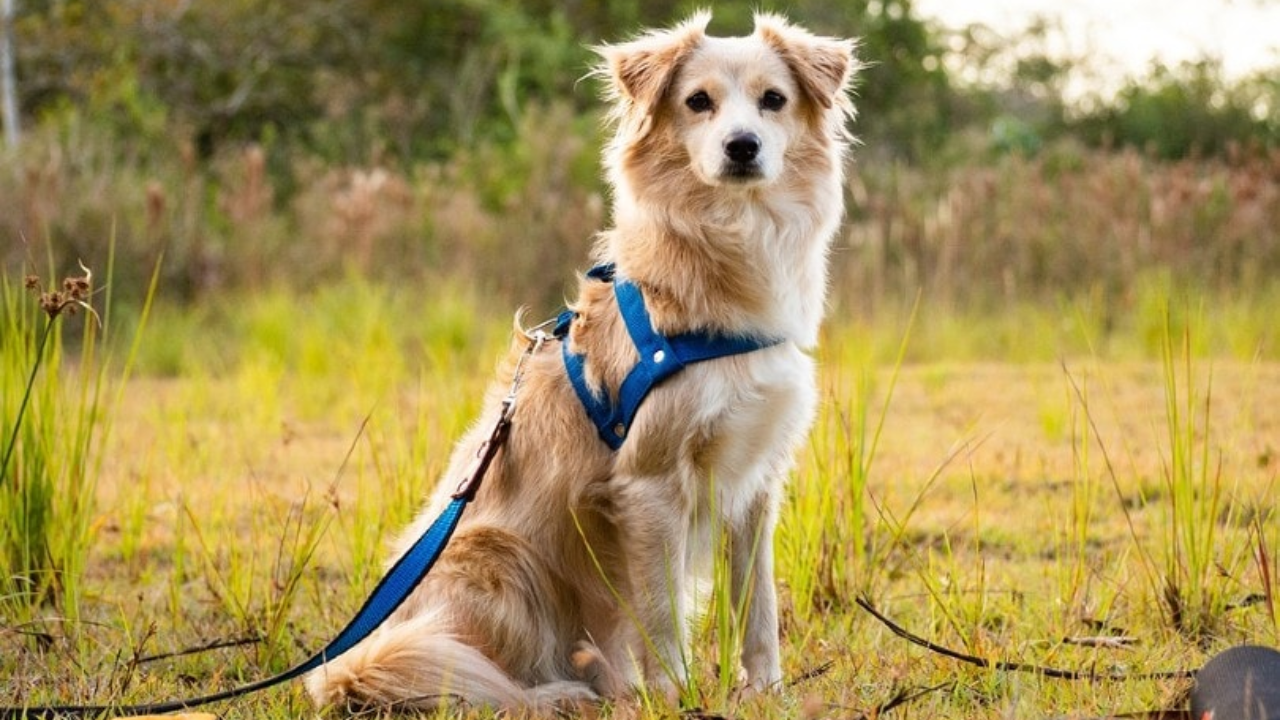Choosing the best harness for a toy dog is a serious undertaking for all dog owners. After all, such small yet spirited companions do require special attention to safety and comfort during those walks and outdoor escapades. Unlike larger breeds, toy dogs have delicate bodies, putting them at higher risks of injury from improper gear.
The best harness will make all the difference in comfort and safety for your toy dog when he is taken on a walk. There are many choices, each for a particular fit or need that your toy breed dog may have.
Not only does a proper harness prevent an injury, but it also enhances your control and connection during outings. In this article, we will discuss various types of harnesses, notable features to check, and some advice on how to get the best fit so you can make the right decision for your friend.
Why Use a Harness for Your Toy Dog?
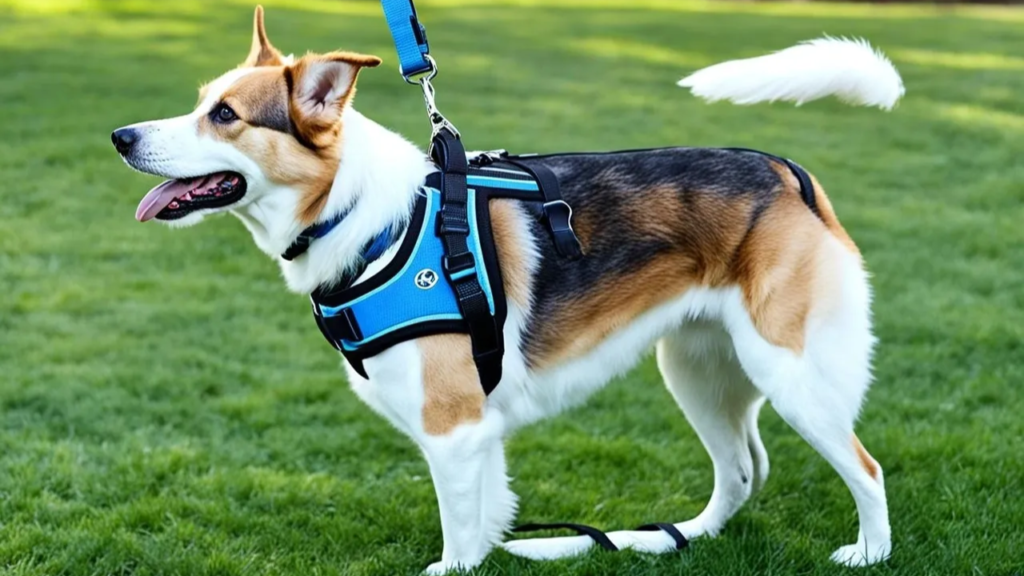
Using a harness instead of a traditional collar has several advantages for toy dogs:
Safety: A harness also pulls the pressure of the pet across its body instead of placing this pressure directly on their necks, which can easily be injured in toy dogs.
Control: A harness gives one better control while the dog is on a walk. It is very important, especially for the toy breeds, as they easily slip out of their collars when tugged or when they make an attempt to get away.
Comfort: Many harnesses are padded and designed for comfort in order to make walks kinder to the dogs.
Training Aid: No-pull front-clip harnesses are useful in the training of dogs that pull on the leash, as it influences them to change direction.
Types of Harnesses for Toy Dogs
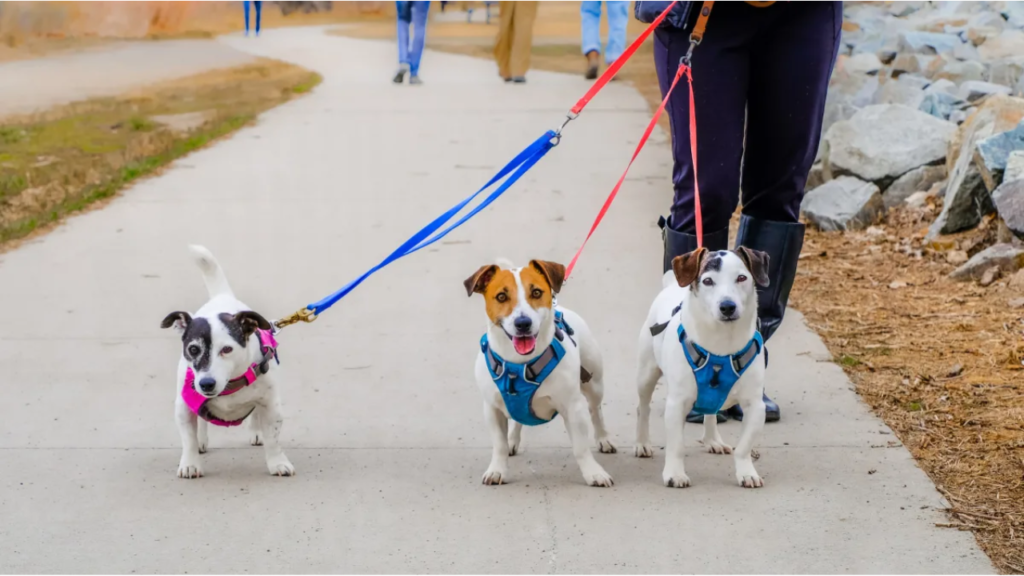
When you go to buy a harness for your dog, you’ll find plenty of styles offered that cater to the needs of toy breeds. Below are some of the most in-demand types:
1. Step-In Harness
Of all the designs, perhaps step-in harnesses take credit for the most straightforward design. Quite literally, your dog steps into the harness and it fastens from the back. This would be a perfect type of harness for dogs which are likely to get very apprehensive about something going over their head.
2. Vest Harness
A harness vest covers more of the body and is usually padded to enhance comfort even further. This is useful for sensitive dogs because it minimizes chafing and offers greater support.
3. Back-Clip Harness
It is one that clips on the back and has gained popularity among well-trained canines. It enables the good and easy range of motion, and it is equally very easy to take off and put on. However, on account of the fact that it may encourage the tendency of pulling in dogs, it is not a very good option for dogs that pull easily.
4. Front-Clip Harness
The no-pull front-clip harness is the perfect solution for training dogs that pull, as the front clip allows for redirecting your dog’s attention to yourself for more pleasant and controlled walks.
5. No-Pull Harness
No-pull harnesses incorporate a front clip with added features to further discourage pulling. Some have been uniquely designed to slightly tighten when the dog pulls, which in itself is a reminder to them.
Key Factors to Consider When Choosing a Harness
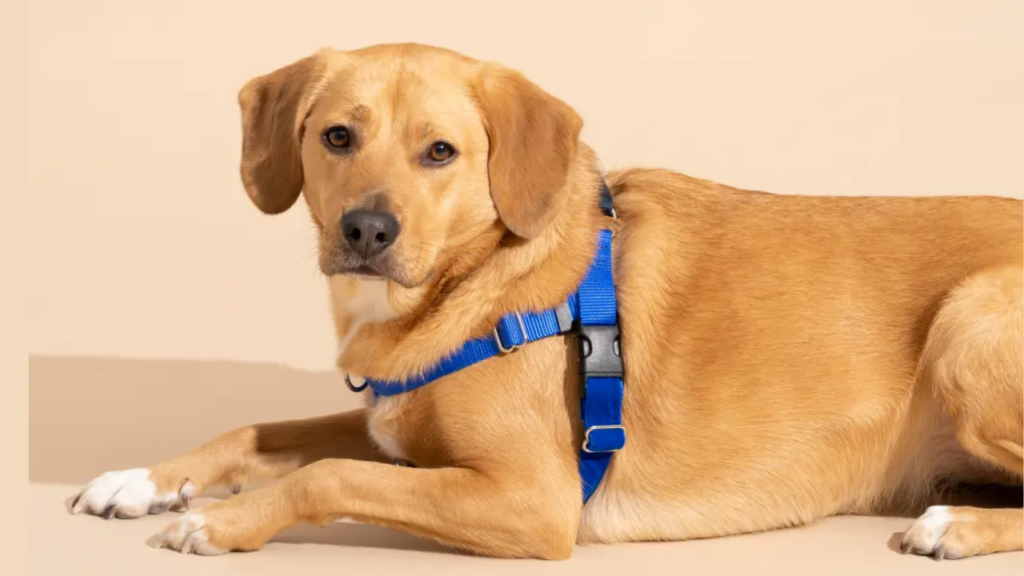
Selecting the right harness for your toy dog involves several factors:
Size
Another of the most critical points when selecting a model is the size of the harness. You should measure the girth of your dog, or the widest part of the ribcage, in addition to his neck, to get a perfect fit. Most manufacturers have sizing charts, so be sure to consult those when you make your decision.
Material
Durable and breathable material used in the harness; Soft materials, like mesh mostly, are used for comfort and will keep your dog soothed when the weather starts to get hot. Ensure the material is machine washable for simplicity in cleaning.
Adjustability
An adjustable harness allows for a tailored fit. This feature is especially helpful for puppies still growing or those with unique body shapes. Several adjustment points provide the ultimate possible fit.
Ease of Use
Choose a harness that is easy and fast to put on or take off. Some designs are really awkward and may lead to a frustrating time for both you and your dog. A user-friendly harness makes the process faster and easier.
Introducing Your Dog to a Harness
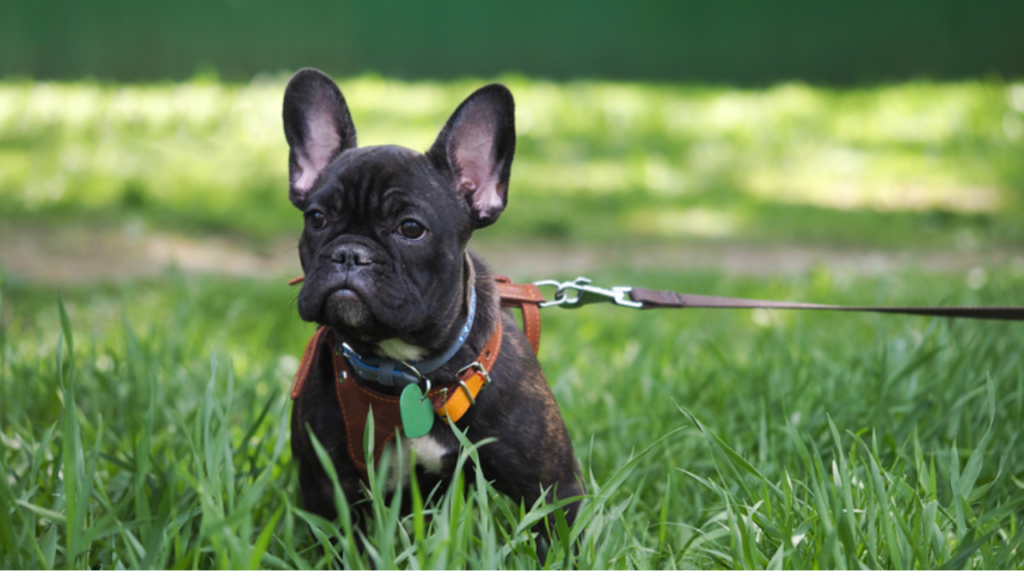
Changing your toy dog to a harness can be fairly straightforward if it is done the correct way. Here is how you can present the harness to your dog:
- Start Slowly: Allow your dog to approach, sniff, and become familiar with the harness before you try to put it on them; in this way, maybe they will not feel too anxious.
- Positive Reinforcement: Reward your dog with some treats and praise whenever they wear the harness, making them enjoy the time they spend in harnesses, so they relate positively with the harness.
- Short Sessions: At the start, allow your dog to wear the harness for short periods indoors. The time can be increased with the increase in comfortability.
- Practice Walking Indoors: Before taking him out, it is necessary to practice walking indoors. This gets him used to the feeling of being restricted without all the outdoor distractions.
- Be Patient: Each dog is different to some they take right away and for others, it takes them a little time to get used to it. Be very patient and make the experience positive.
Tips for Choosing the Best Harness
To help you make the best choice for your toy dog, consider these additional tips:
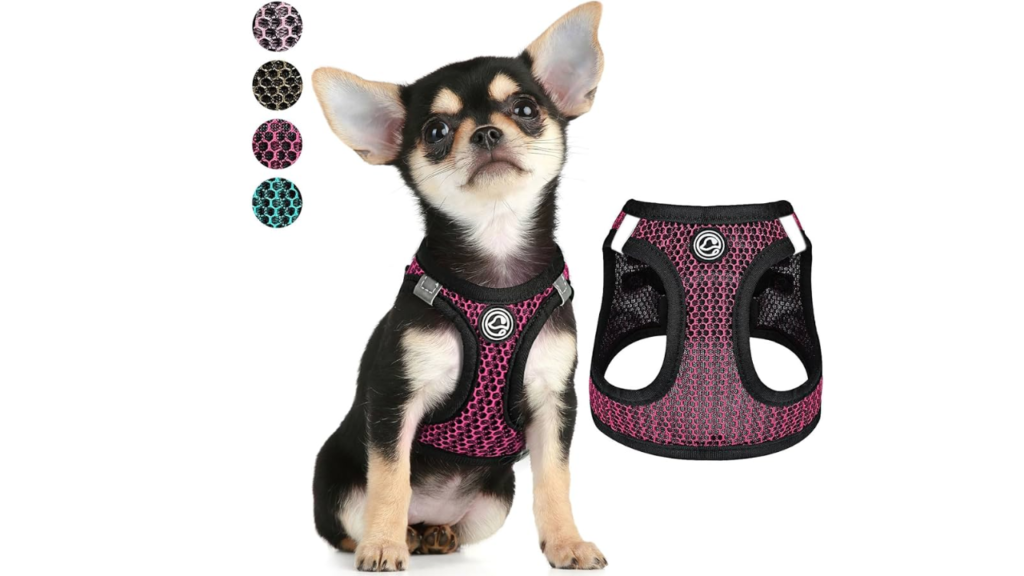
| Read Reviews | Look for reviews from other dog owners of similar breeds. Their experiences can provide a great insight into which harness works best. |
| Consult Your Vet | Consult Your Vet If you aren’t sure what kind of harness will be most appropriate for your dog, consult with your veterinarian. They’ll be able to offer some personalized advice based on the size of your dog, breed, and any particular health concerns. |
| Try Before You Buy | Where possible, try going to a pet store and trying on several harnesses. You will be able to fit them well and see how he reacts. |
Conclusion
Picking the right harness for your toy dog makes a big difference in their comfort, safety, and happiness. Not all harnesses are created to spec, for size, material, and adjustability may differ. Finding a harness that allows for specific needs is a surefire way to make such a walk an enjoyable adventure with your furry friend without any risks.
With patience and in the right manner, your toy dog will come to like their harness. As you walk together, so does the memory the two of you create with each passing moment, fostering further and deeper bonding between you and your best friend.
Frequently Asked Questions
1. Why should I use a harness instead of a collar for my toy dog?
Answer: A harness is safer because it better controls your dog and eliminates the stress on their necks.
2. What type of harness is best for small dogs?
Answer: Step-in or vest harnesses are very popular with small dogs in terms of comfort and very easy to put on.
3. How do I measure my toy dog for a harness?
Answer: Just measure the girth around the widest part of their ribcage and refer to the manufacturer sizing chart.
4. Can a harness help with pulling during walks?
Answer: Yes, a front-clip or no-pull harness can be very useful for training dogs that tend to pull.
5. How do I introduce my dog to a harness?
Answer: Go slowly, let him smell the harness, give some treats.
6. Are padded harnesses necessary for toy dogs?
Answer: Padded harnesses are great for extra comfort, especially if your dog is sensitive or smaller.
7. What materials should I look for in a harness?
Answer: Strong breathable fabrics, mesh for example, are good for comfort and durability over time.
8. How often should I adjust or check the harness fit?
Answer: Check the fitting regularly.
Meta Description
Discover how to choose the perfect harness for your toy dog. Learn about different types, key factors for selection, and tips for introducing a harness to ensure your furry friend’s comfort and safety during walks.
